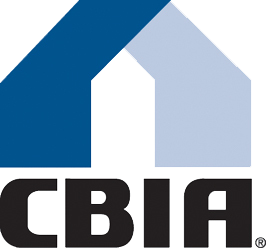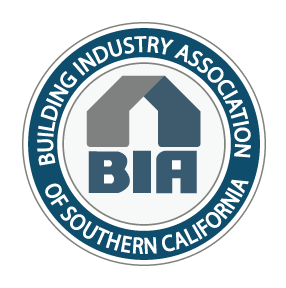by Phillip B. Burum, Executive Vice President, Diversified Pacific,
President, Building Industry Association (BIA) Baldy View Chapter
While mortgage interest rates have been rising slightly over the past year, today’s rates are still hovering at historic lows. In addition, although several cities in the Inland Empire have crept past their 2007 values, most areas within the region are still appreciating in value towards the prior peak. Historically low interest rates combined with escalating home values indicate that, aside from yesterday, there is no better time to buy a home than today.
A home is the biggest and best investment that most Americans will make in their lifetime, so it is critically important that today’s homebuyer approach the purchase of a new home analytically like they would any major investment.
Start the process by selecting a lender and the proper mortgage to suit your financial situation. When determining the best choice for a lender, homebuyers should check with their current financial institution and visit to the BIA’s website (www.biabuild.com). Some of the largest and most qualified mortgage lenders in our region are members of the Building Industry Association so prospective homebuyers should take advantage of this free resource while making this critically important decision.
Homebuyers that are looking into new home communities should favor the builder’s preferred lender as this relationship typically offers benefits to the buyers. A ‘preferred lender’ is a lender that has developed a relationship with the builder and that understands their process and requirements, typically providing a smoother, more predictable process for the buyer. Many times, because of the volume of business a particular lender does with a particular builder, the lender is able to offer special programs or incentives that are not available to borrowers buying outside of the new home community.
Understanding the mortgage proposal is the key to finding the best program for your specific needs.
There are essentially two kinds of mortgages: a fixed - rate mortgage (FRM) or an adjustable rate mortgage (ARM). The difference between an ARM and an FRM is that ARMs generally offer a low initial cost yet carry a degree of uncertainty while FRMs offer rate and payment security but can be more expensive.
It is important to understand that rates and fees could change daily, even hourly, so homebuyers should pay attention to the terms of the ‘loan lock’ that they obtain with their quote. When a rate is ‘locked’, the lender is committing to offer that rate regardless of subsequent changes in the market. Lock periods are usually between 30 and 90 days, with longer rate locks typically coming at a cost to the borrower.
It is equally important to a prospective buyer that they understand the impact of fees on the proposed loan. Take the time to do the math on your own. When a lender quotes a rate and fees, add up the dollars and determine which program works best for you. It is not uncommon for lenders to offer rate buy downs, where a borrower could choose to pay an upfront cost in the form of loan fees to reduce the long-term interest rate. For those who intend to settle in their new home throughout retirement, this can be a great benefit. However, the average American stays in a home for eight to ten years so if you are an average American, it may not be a great idea to pay higher loan fees up front.
If a buyer is considering an ARM, they should be very clear on how often the interest rate will be adjusted. Some may adjust every year while others may not adjust for as long as three or five years. The longer the adjustment period, the better the buyer will be able to plan the future loan cost. Find out what limits or caps have been placed on the adjustments. One of the most important items homebuyers need to discuss with the lender is the maximum amount that the mortgage rate can increase in any single adjustment period and over the life of the loan. Ask for a ‘worst case scenario’ in the event of a sharp increase in the index rate.
Most of all, buyers should take their time and make sure all their questions are answered. Remember, a relationship with a mortgage lender could run up to 30 years.
.
*****























